Another turn around the block for David McVicar’s handsome 1830s Figaro at the Royal Opera — the sixth since the production’s 2006 premiere — scarcely raises an eyebrow, let alone a pulse. But a quick glance down the cast list of the current revival reveals some curiosities.
First to catch the eye is Kangmin Justin Kim — the first countertenor in the company’s 250-year history to play sexually rampant page Cherubino, traditionally a trouser role for a woman. Read on and you’ll see starry German baritone Christian Gerhaher making an unexpected mid-career role debut as Figaro, as well as a main-stage house debut for his Susanna — young American soprano Joelle Harvey, who bewitched last summer as Glyndebourne’s Cleopatra. Oh, and the whole lot is conducted by John Eliot Gardiner.
So does it live up to its promise? Yes and no, and neither in quite the ways you’d expect. Kim is the quietest, most unobtrusive of revelations. After an initial adjustment (tonally it’s still hard to let go of the warmth and bloom of a really good mezzo) he slots imperceptibly into the action — albeit action whose sexual ante has been decisively upped. To transform Cherubino into a real boy is to double down on Mozart’s joke, to replace farce’s flaccid pretence of threat with drama’s priapic reality. The frisson of the dressing-up scene is delicious, and Kim’s upstart rivalry with Simon Keenlyside’s predatory alpha-male of a Count clouds Tanya McCallin’s elegant sets with the unfamiliar fug of testosterone.
In Keenlyside and Harvey we have a near-perfect pairing. Wearing the role as lightly as the Count’s billowing brocade housecoat, Keenlyside sings it with craggy magnificence. Even Act Three’s demanding ‘Vedro mentr’io sospiro’ feels easy, though it’s an ease he translates into character rather than beauty. In Harvey he has a worthy adversary. Passionate rather than pert, a firebrand as quick with her fists as her tongue, she’s the best Susanna we’ve seen in the house for ages. Silvery-bright, her voice isn’t the largest, but it soars sweetly out over Gardiner’s sympathetic accompaniment, coming into full bloom in a delectable ‘Deh Vieni’, melting into Julia Kleiter’s Countess in their duet.
In the middle of it all is Gerhaher. Gently professorial, middle-aged, he cuts an unlikely figure as the revolutionary Figaro. The sense is of a man unfulfilled, perhaps drawn to politics out of mid-life discontentment, understandably anxious and insecure about his pretty young bride. But such an introverted and understated Figaro is here dwarfed by so many large personalities and broad sets. The singing is beautifully shaped, but often so inward as to be almost inaudible. Both vocally and dramatically Gerhaher still seems a more natural Count than a Figaro, but perhaps that may yet change.
On opening night Gerhaher and Gardiner disagreed on tempi throughout. There were uncharacteristic wobbles between stage and pit, with Gardiner’s expansive pace for the finale nearly unsettling the quartet. Presumably these will resolve during the run. We’ve seen sharper, funnier revivals than Thomas Guthrie’s rather generalised direction, but it’s an efficient enough vehicle for this unusual cast, who offer plenty of reasons to make a return visit to a stalwart production.
Keenlyside fans have had a bumper week, with the baritone also at the Wigmore Hall to help celebrate the 70th birthday of American pianist Emanuel Ax with a performance of Dichterliebe. It seems appropriate that Ax — a gentle, generous pianist whose star has never soared quite as high as his talent — should choose an all-Schumann programme for this celebration. The quiet hero of Romantic composers, caught somewhere between Mendelssohn’s sparkle and Brahms’s Sturm, whose music inspires passionate devotion but sells fewer tickets, Schumann is a natural fit for a performer whose instincts are essentially understated, exploratory, collaborative.
The song-cycle exposed the contrast between Keenlyside’s operatic approach and Ax’s more contained precision. Vocally this was a bitter, damaged Dichterliebe — its closing heartbreak in view from the start. Pacing and emoting, expending more energy in a bar than Gerhaher in an aria, Keenlyside risked and dared, but whether he achieved as much as Ax in his telling solo postludes — speaking volumes without ever raising his — is unclear.
Schumann’s solo piano music — the disorienting Arabeske in C, Op. 18, and the eight short pieces of the Fantasiestücke, Op. 12, with their dialogue between passion and thoughtful inwardness — showed off Ax’s gift for musical narrative, the larky Tom and Jerry-like chase of ‘Traumes Wirren’ leading into the voluble pomposity and accidental, stumbled-upon profundity of the closing ‘Ende vom Lied’, the piano singing out like a chamber organ.
But it was in Schumann’s Piano Quintet that Ax really showed his skill. A modest presence at the keyboard behind the more obviously dynamic young musicians of the Dover Quartet, his interventions were keenly felt: posing questions in the opening Allegro, leading their more settled music in new directions, launching the romping scales of the Scherzo and anchoring the final Allegro with its skilful double fugue. Embedded in the texture but never lost in it, Ax was the model collaborator — musician first, pianist second.
Got something to add? Join the discussion and comment below.
Get 10 issues for just $10
Subscribe to The Spectator Australia today for the next 10 magazine issues, plus full online access, for just $10.
You might disagree with half of it, but you’ll enjoy reading all of it. Try your first month for free, then just $2 a week for the remainder of your first year.

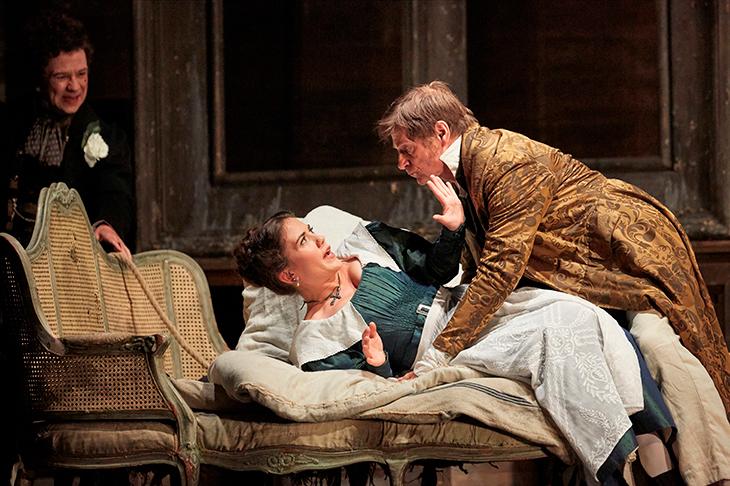
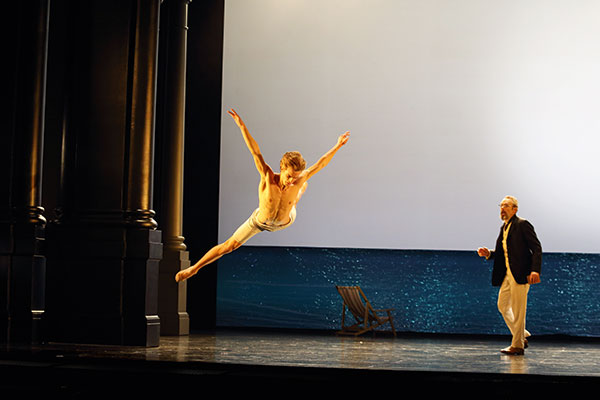
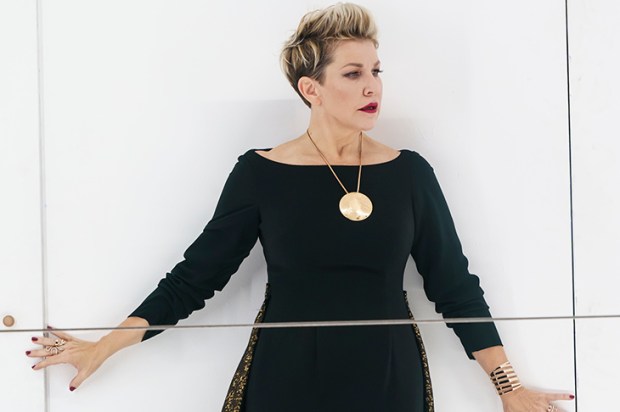
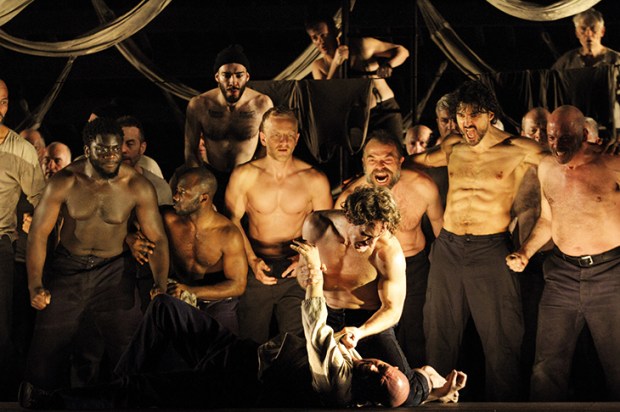
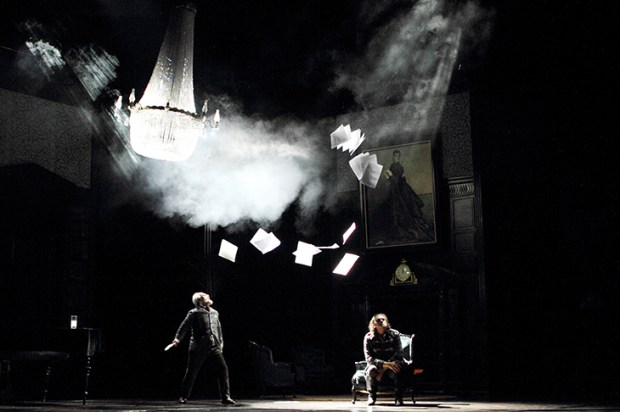
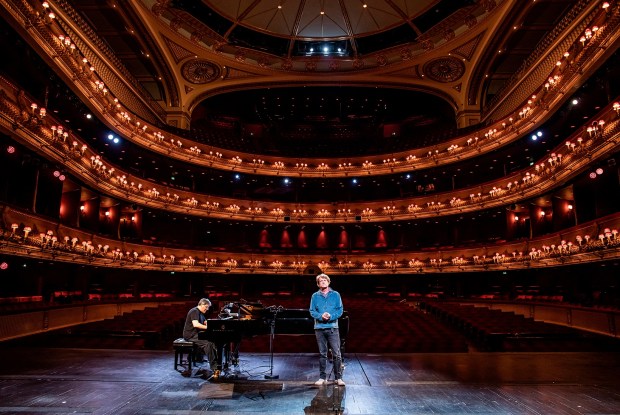
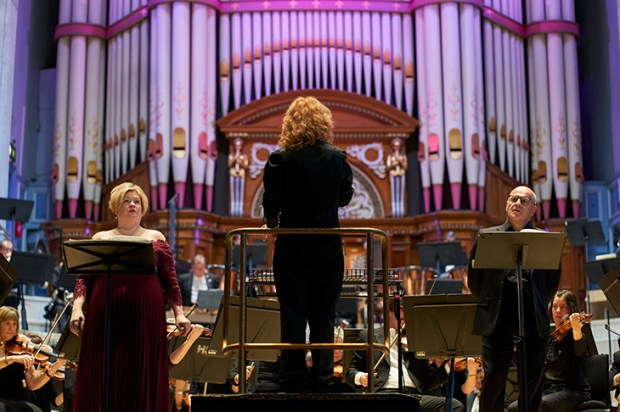






Comments
Don't miss out
Join the conversation with other Spectator Australia readers. Subscribe to leave a comment.
SUBSCRIBEAlready a subscriber? Log in